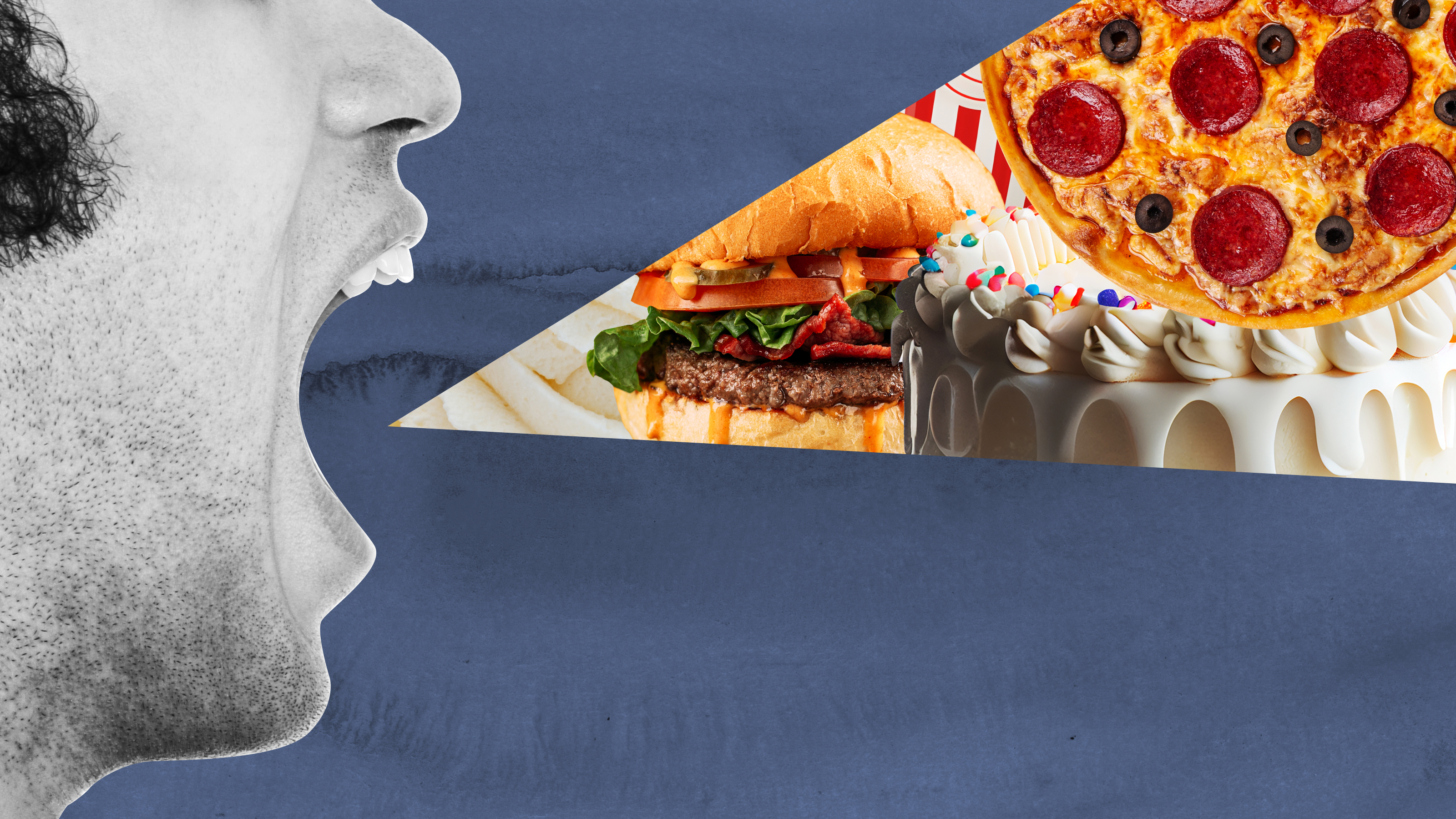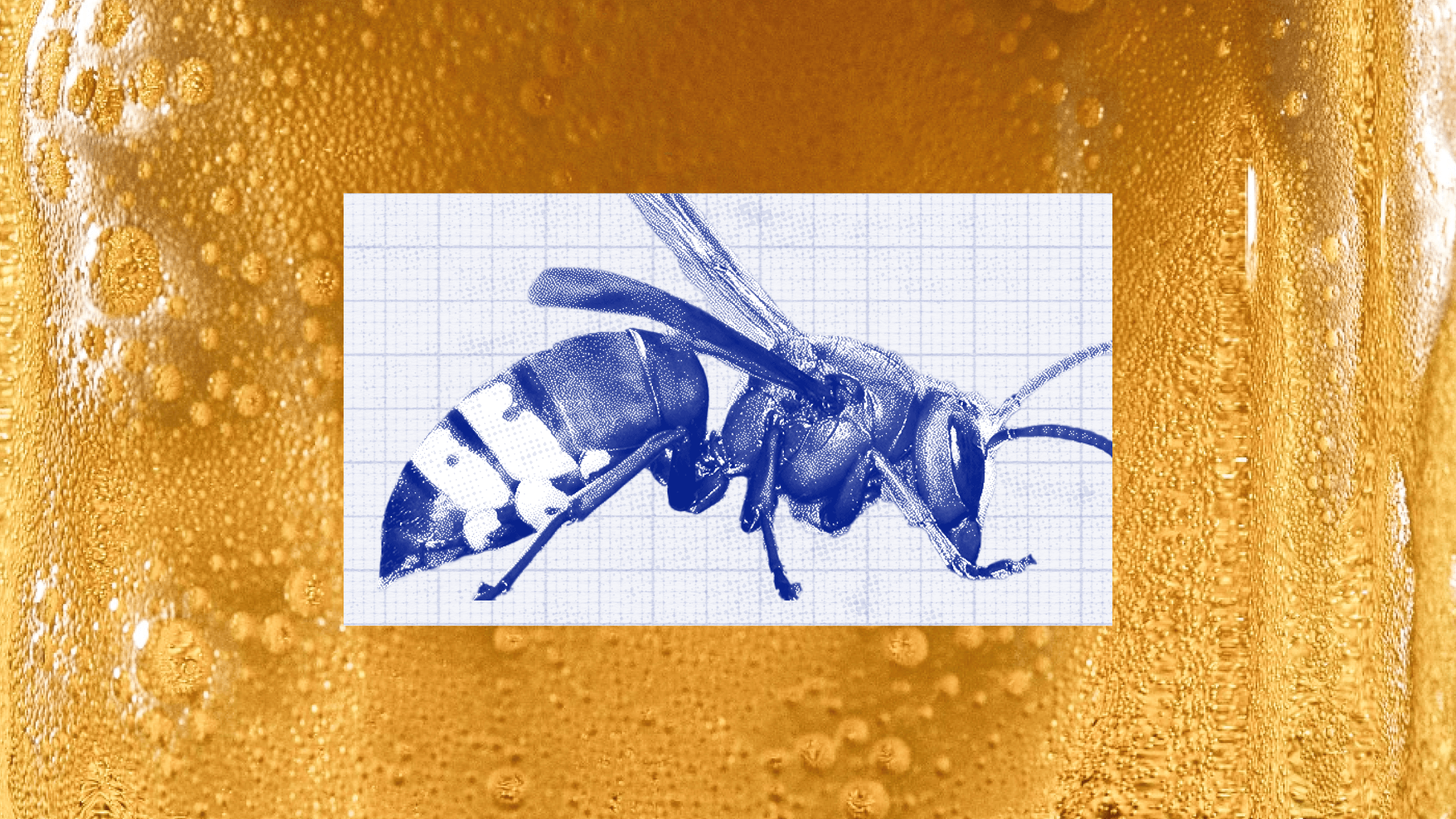The Danger of Treating Symptoms Instead of the Cause

Americans are fascinated with Super Bowl ads. Tremendous amounts of capital and energy are devoted to capturing attention during the big game. We reply by discussing and sharing our favorites on social media, willingly opening our minds and, often, wallets.
This year’s most discussed ad reflected the entire marketing process: constipation. Bloated corporate budgets could not have been more perfectly symbolized. Yet this target audience was specifically the opioid-induced, adding another layer of cringe to the projected $500 million market of irregular pill poppers.
Daniel Lieberman, a Harvard paleoanthropologist, calls most lower back pain, a common reason for opioid prescriptions, a mismatch disease—a bodily or psychic ailment caused by cultural evolution, which he argues is now often more influential than biological evolution. As it goes, one mismatch (back pain) leads to another (constipation). Given that our social norms are at odds with genetic history, a plethora of problems is created. He writes,
It is possible that we are sometimes so effective at treating a mismatch disease’s symptoms that we reduce the urgency of treating its causes.
His term, dysevolution, denotes harm caused over time, resulting in such mismatch diseases. For example: cavities and wisdom teeth. Cavities are caused by bacterial buildup trapped by plaque. Our solution is to scrape the plaque on a yearly basis and, when a cavity forms, drill and plug it. Yet a sugar-heavy diet, predominantly unavailable until the advent of agriculture, causes cavities in the first place. Rather than reduce sugar intake, we subject our mouths to the trauma of drilling and coating.
Likewise, we wonder how our ancestors dealt with wisdom teeth. Lieberman says they didn’t. Before Prometheus captured the sun to help us cook our food, primates and hunter-gatherers laboriously chewed tubers, roots, seeds, and raw meat for hours every day. Cooking greatly aided in helping us digest and process foods while significantly raising caloric profile—an evolutionary win. But our jaws took the brunt of it. We no longer stress our faces. That might sound like a positive, but a little bit of bone deformity is a good thing.
Lack of jaw strength is similar to another mismatch disease, osteoporosis. We’re suited to stress our leg bones through a variety of squats and jumps, as well as regularly sprinting and the occasional marathon during the hunt. Sitting at a desk eight hours a day, not so much. As a cavity grows over time, the weakening of bones is attributable to too little usage, as well as using our bodies improperly from a biomechanical perspective.
Chronic sitting and mismanagement leads to persistent lower back pain, a rather nebulous term given that such pain can originate in the ankles, knees, hips, neck, or even have somatic roots. You can strengthen your back muscles through a variety of weight-lifting exercises, stretching regimens like yoga, or move about (as well as sit and sleep) in ways that promote a full range of motion.
Once you begin taking opioids, though, a vicious feedback loop begins: you rely on drugs to stifle the pain, which causes you to ignore functional therapy. Your back muscles become weaker and less pliable, tightening your sphincter in the process. A ‘solution’ posted on YouTube gets millions of hits.
Lieberman is no Luddite. He recognizes that we’re not going to give up certain comforts, nor would he expect us to. Shoes, for example, are generally comfortable even while wreaking havoc on our bodies over time. Do we give up shoes entirely? No. Can we accomplish more barefoot, however? Certainly.
Lieberman’s advice on curbing problems created by mismatch diseases do not go over well in freedom-loving America. In a nation that thinks any restriction on individual liberties is the pathway to hell, his call for ‘soft paternalism’ sounds downright devilish.
Yet, as someone who spends his days observing terrible movement patterns diseases of affluence create (and trying to correct them through better form and understanding), I recognize that thoughtful movement requires reworking previously held assumptions about the ‘proper’ way of being. As Lieberman writes, ‘survival of the fittest’ (written by Herbert Spencer, not Darwin) should be ‘survival of the fitter.’ There is no perfect state of being, but if you’re suffering from a mismatch disease, there are obviously better options.
First, Lieberman suggests a mandate on physical fitness in schools, from an early age through the collegiate level. This has been a perpetual controversy in education, which is a shame given that better academic performance is closely linked to exercise. Staring at books and screens all day results in its own mismatch disease (nearsightedness). The simple fact is we remember better and process our emotions more thoroughly when regularly getting our heart rate up.
Speaking of the next generation, junk food should be curbed in schools and elsewhere. Obesity is another startling mismatch disease; companies exploiting our craving for sugar, salt, and starch should be held accountable, most notably with our wallets and by governmental regulations. Yet as Bloomberg’s failed soda tax shows, we’re not ready to abandon empty calories. We confuse addiction with freedom at the expense of our lives. Lieberman notes, though, that we readily accept high taxes on alcohol and cigarettes. Why can’t we understand sugar is just as addictive, and damaging?
Adults are not free from the vices of civilization, which is where it gets tricky. We know that children need to be educated; as we age, we assume our patterns reflect reality, fighting against conflicting evidence, regardless of how damaging our patterns prove to be. Given enough time during the formative years of childhood, we can hope our children embody better habits. How we move and what we ingest create the foundation of our identity; self-restriction might be our only opportunity to heal mismatch diseases. Looking into a mirror is challenging, however. As Lieberman concludes,
Like it or not, we are slightly fat, furless, bipedal primates who crave sugar, salt, fat, and starch, but we are still adapted to eating a diverse diet of fibrous fruits and vegetables, nuts, seeds, tubers and lean meat. We enjoy rest and relaxation, but our bodies are still those of endurance athletes evolved to walk many miles a day and often run, as well as dig, climb, and carry.
To move forward is sometimes to remember what we’ve left behind. So many inventions have aided us along the way, but if we can’t discriminate between what’s useful and what’s slowly killing us, I’m not sure how far ahead we can really move. We have to treat the root to eradicate the problem.
—
Image: John Moore / Getty Images
Derek Beres is a Los-Angeles based author, music producer, and yoga/fitness instructor at Equinox Fitness. Stay in touch @derekberes.





